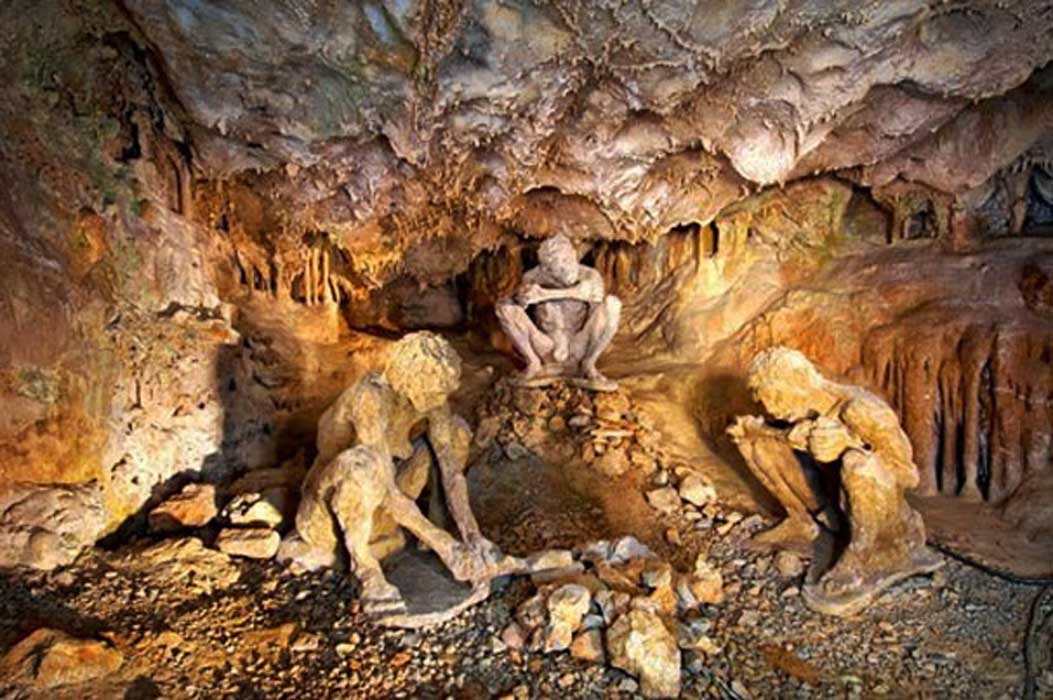A Spanish University has announced that evidence suggests pre-historic inhabitants of the Qesem Cave, located 12 kilometers east of Tel Aviv in Israel, could have created the earliest known “canned food.”
The research claims the inhabitants, who lived 420,000 years ago and were recently discoverd to have been practicing swan shamanism, intentionally cut off deer bones stored full of marrow and stored them to preserve their precious contents for an extended period of time.
The significant study was led by Dr. Ruth Blasco of TAU’s Department of Archaeology and Ancient Near Eastern Civilizations and Centro Nacional de Investigación Sobre la Evolución Humana (CENIEH) and her TAU colleagues Prof. Ran Barkai and Prof. Avi Gopher.
Ran Barkai, a spokesperson for the team, explains the findings: “Bone marrow constitutes a significant source of nutrition and as such was long featured in the prehistoric diet.”
“Until now, evidence has pointed to immediate consumption of marrow following the procurement and removal of soft tissues,” he adds. “In our paper, we present evidence of storage and delayed consumption of bone marrow at Qesem Cave .”
“Prehistoric humans brought to the cave selected body parts of the hunted animal carcasses,” says Prof. Jordi Rosell of Universitat Rovira i Virgili (URV) and Institut Català de Paleoecologia Humana i Evolució Social (IPHES), who with his colleagues conducted the experimental research on the longevity of severed deer metapodials. “The most common prey was fallow deer, and limbs and skulls were brought to the cave while the rest of the carcass was stripped of meat and fat at the hunting scene and left there. We found that the deer leg bones, specifically the metapodials, exhibited unique chopping marks on the shafts, which are not characteristic of the marks left from stripping fresh skin to fracture the bone and extract the marrow.”
It is believed that the deer metapodials would be kept at the cave protected by skins allowing the preservation of the marrow for consumption when required. In this way, the bones were used as “cans” preserving the bone marrow for an extended period, after which the inhabitants would take off the dry skin, shatter the bone and eat the marrow. What this constitutes, therefore, is the earliest known evidence of food preservation and the delayed consumption of food.



































